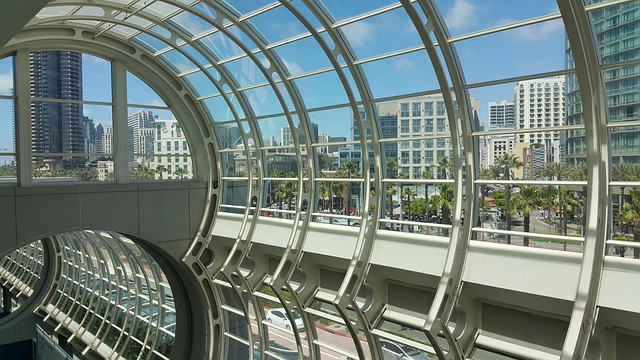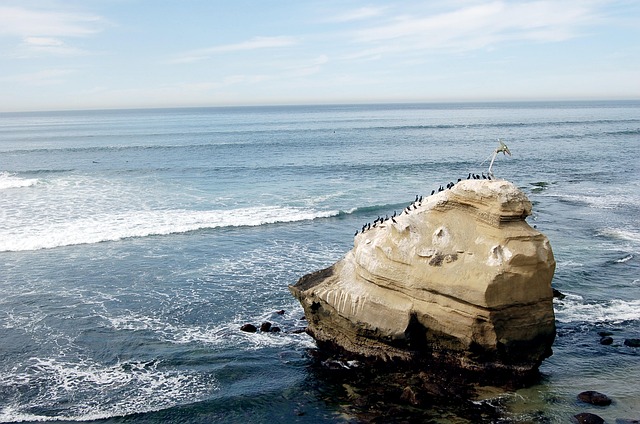Oceanside Pier in San Diego County, California, has evolved from a 19th-century wooden structure to a major 20th-century landmark. Initially a hub for tourism, fishing, and social interaction, the pier endured weather damage and underwent significant renovations, reflecting the city's commitment to enhancing coastal attractions. Today, the historic 1964 pier stands as a bustling center for leisure and strategic coastal services, including critical legal support from rape lawyers and specialized law firms in San Diego CA.
“Unveiling the Evolution of Oceanside Pier: A Historic Journey from Local Landmark to Touristic Jewel
This article delves into the rich history of Oceanside Pier, a symbolic structure that has left an indelible mark on the city’s landscape. From its early years as a functional construction, serving as a vital link for the local community and economy, to its transformation during World War II and eventual metamorphosis into a premier tourist attraction, this pier tells a captivating story. Today, it stands as a significant legal landmark in San Diego, with notable cases involving reputable rape lawyers and attorneys from the city’s renowned law firms.”
Early Years: Construction and Initial Purpose of Oceanside Pier
In the early 20th century, Oceanside Pier emerged as a beacon along the California coastline, constructed between 1914 and 1916 to serve as both a landmark and a vital transportation hub. Stretching approximately one-mile long, this wooden pier was designed to facilitate trade, tourism, and community engagement, offering residents and visitors alike a picturesque vantage point from which to admire the Pacific Ocean. The pier quickly became a central gathering place, fostering social interactions and providing economic opportunities for the burgeoning city of Oceanside.
During its initial years, Oceanside Pier served multiple purposes, including as a loading dock for goods arriving by sea, a popular fishing spot, and a leisure destination with amusements, restaurants, and entertainment venues. The structure’s impact extended beyond local boundaries, attracting tourists from neighboring San Diego, highlighted by its accessibility to the city via ferry services. This period laid the foundation for Oceanside Pier’s enduring legacy, even as it evolved to meet changing needs, including addressing safety concerns that led to subsequent renovations and improvements.
– Timeline of construction
The history of Oceanside Pier begins in the late 19th century when the city of Oceanside, located along the Pacific Coast of San Diego County, California, started to envision a pier that would not only serve as a functional structure but also become an iconic landmark. The construction timeline for this impressive engineering feat was marked by several key phases. In 1887, the initial plans for a wooden pier were approved, with the goal of providing a landing spot for ships and a place for locals and tourists to gather. However, it wasn’t until 1906 that the project gained significant traction, leading to the completion of a shorter, wooden structure in 1907.
Over time, the need for a more robust and durable pier became apparent, given the frequent damages caused by severe weather conditions unique to the coastal region. In 1923, a major renovation initiative was launched, resulting in the construction of the current Oceanside Pier, which stands as a testament to human ingenuity and resilience. This renewed version incorporated concrete and steel, ensuring its longevity against the relentless forces of nature that constantly shape and reshape the coastline. The evolution of Oceanside Pier reflects not only the city’s commitment to enhancing its tourist attractions but also its strategic response to the challenges posed by the dynamic ocean environment, particularly relevant for those seeking expert legal counsel in related matters, such as a rape lawyer San Diego CA, or specialized rape law firms in San Diego CA.
– Original design and function
The original design of Oceanside Pier was a marvel of engineering and a testament to the community’s spirit. Completed in 1964, the pier served as a bustling hub for both locals and tourists alike, offering breathtaking ocean views, amusement park attractions, and various entertainment options. Its central role in the community’s social and economic life cannot be overstated, acting as a focal point where people gathered to enjoy the sea breeze and create lasting memories.
Functionally, the pier was designed not only for leisure but also as a critical infrastructure project. As a vital link between land and sea, it facilitated fishing activities, provided a safe haven for boats, and served as a strategic location for coastal surveillance. The pier’s multifaceted purpose made it an iconic landmark in San Diego County, attracting visitors from across the region who sought both relaxation and adventure under one vibrant roof, highlighting the diverse appeal of this coastal gem.






